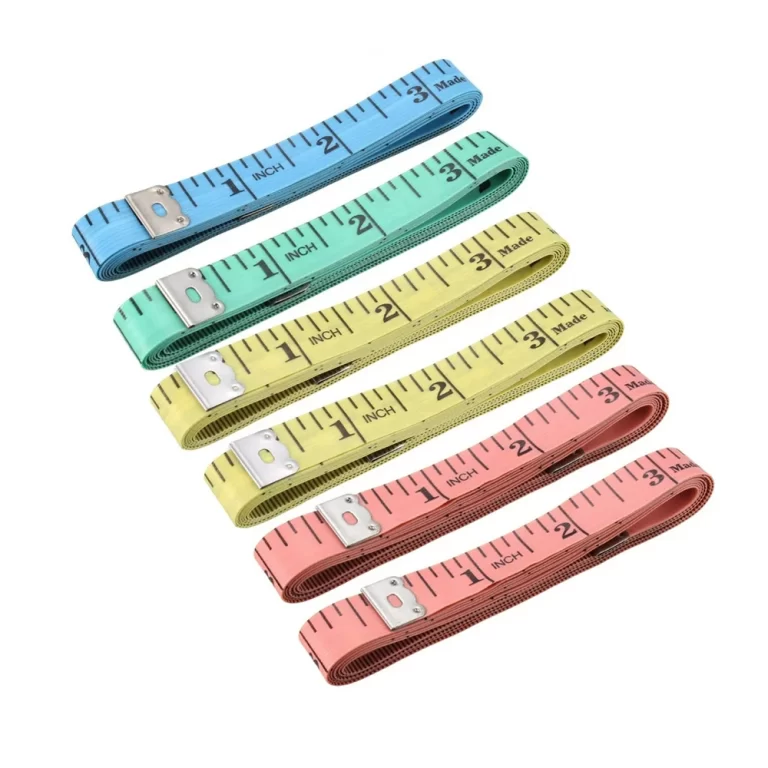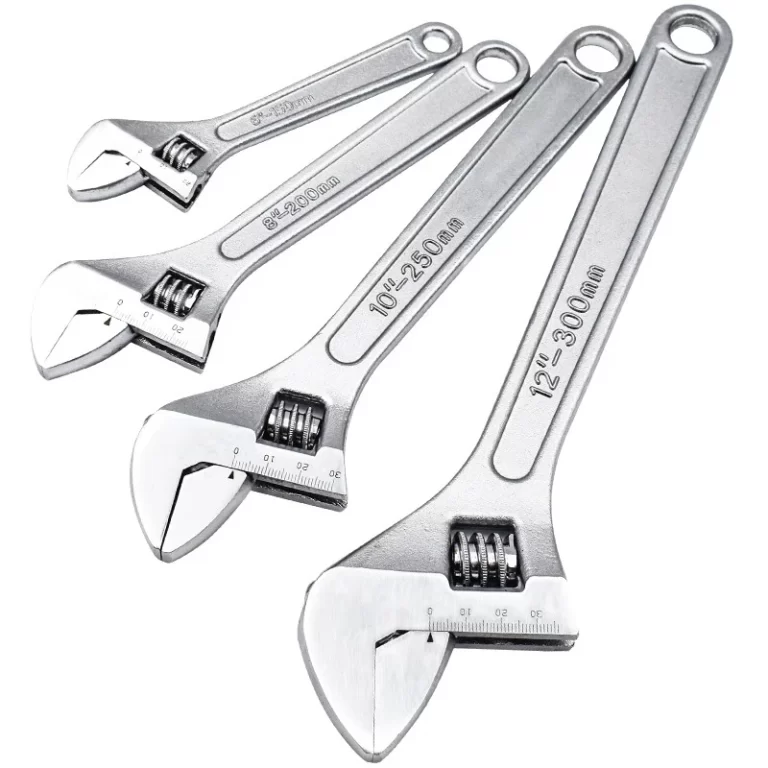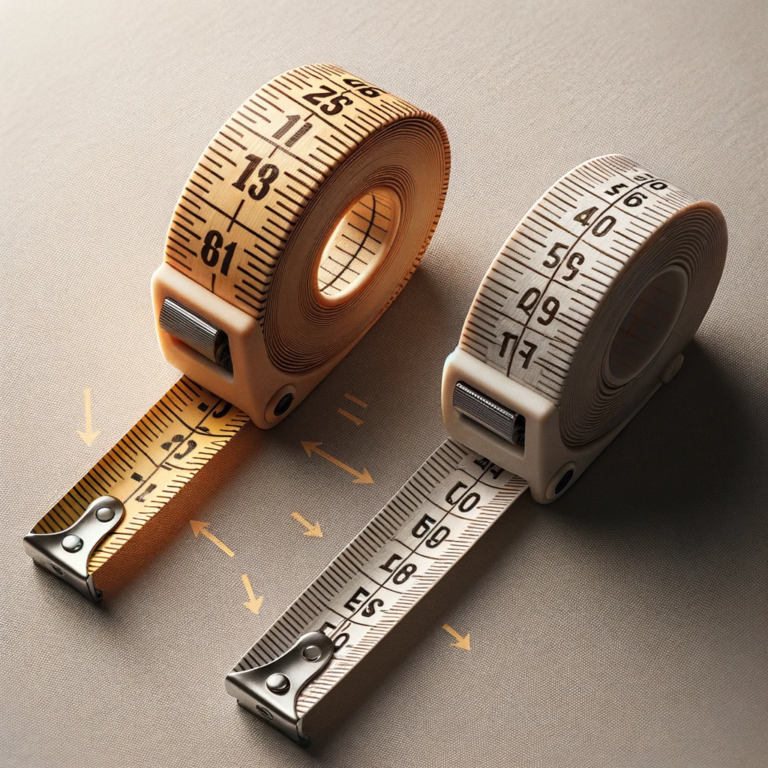
Full Tape Measure Marks: A Guide to Accurate Measurements
Accurate measurements are the cornerstone of any successful project, whether you’re a professional contractor or a DIY enthusiast. Understanding the full tape measure marks is essential for ensuring precision and efficiency in your work. This comprehensive guide explores everything you need to know about full tape measure marks, from their significance to practical applications, helping you enhance your measuring skills and achieve impeccable results.
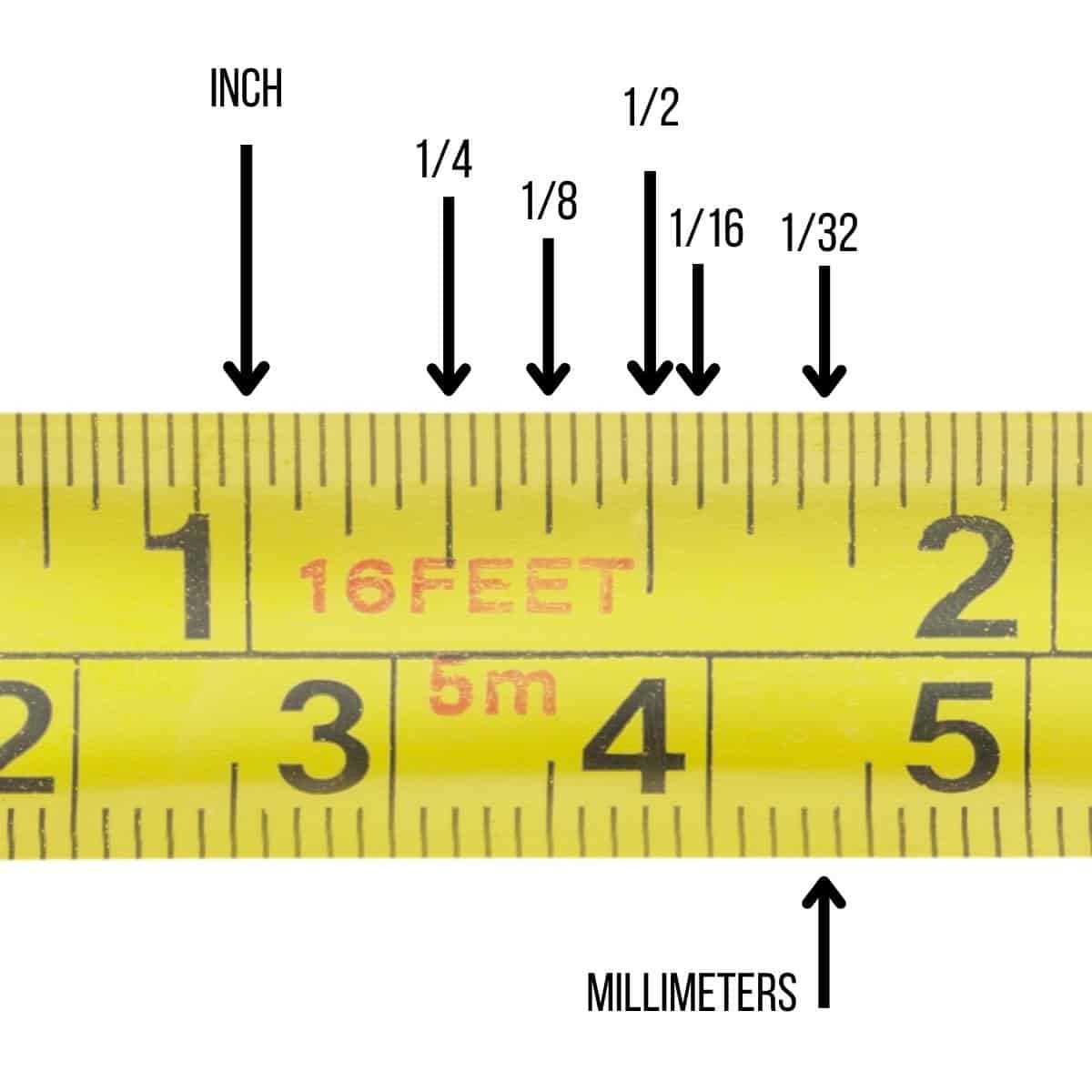 Understanding Full Tape Measure Marks
Understanding Full Tape Measure Marks
A tape measure is an indispensable tool in construction, tailoring, and various other fields. However, to harness its full potential, one must comprehend the intricacies of its markings. Full tape measure mark go beyond the basic inch and centimeter indicators, providing detailed subdivisions that enhance measurement accuracy.
The Anatomy of a Tape Measure
Before delving into full tape measure mark, it’s crucial to understand the basic structure of a tape measure. Typically, a tape measure consists of a metal tape wound into a compact case, with markings along its length indicating units of measurement. The most common markings include inches, feet, and centimeters, but a full tape measure mark system incorporates additional subdivisions.
Major and Minor Marks
Full tape measure marks are distinguished by major and minor marks. Major marks denote whole and half units (e.g., every inch or centimeter), while minor marks represent smaller subdivisions such as eighths or tenths. This dual-marking system allows for precise measurements, enabling users to gauge lengths with high accuracy.
Importance of Full Tape Measure Mark
Understanding full tape measure mark is vital for several reasons. Firstly, it ensures that measurements are precise, reducing the likelihood of errors in projects. Whether you’re cutting wood, sewing fabric, or installing fixtures, accurate measurements are paramount. Secondly, familiarity with full tape measure mark enhances efficiency, allowing for quicker and more reliable measurement-taking.
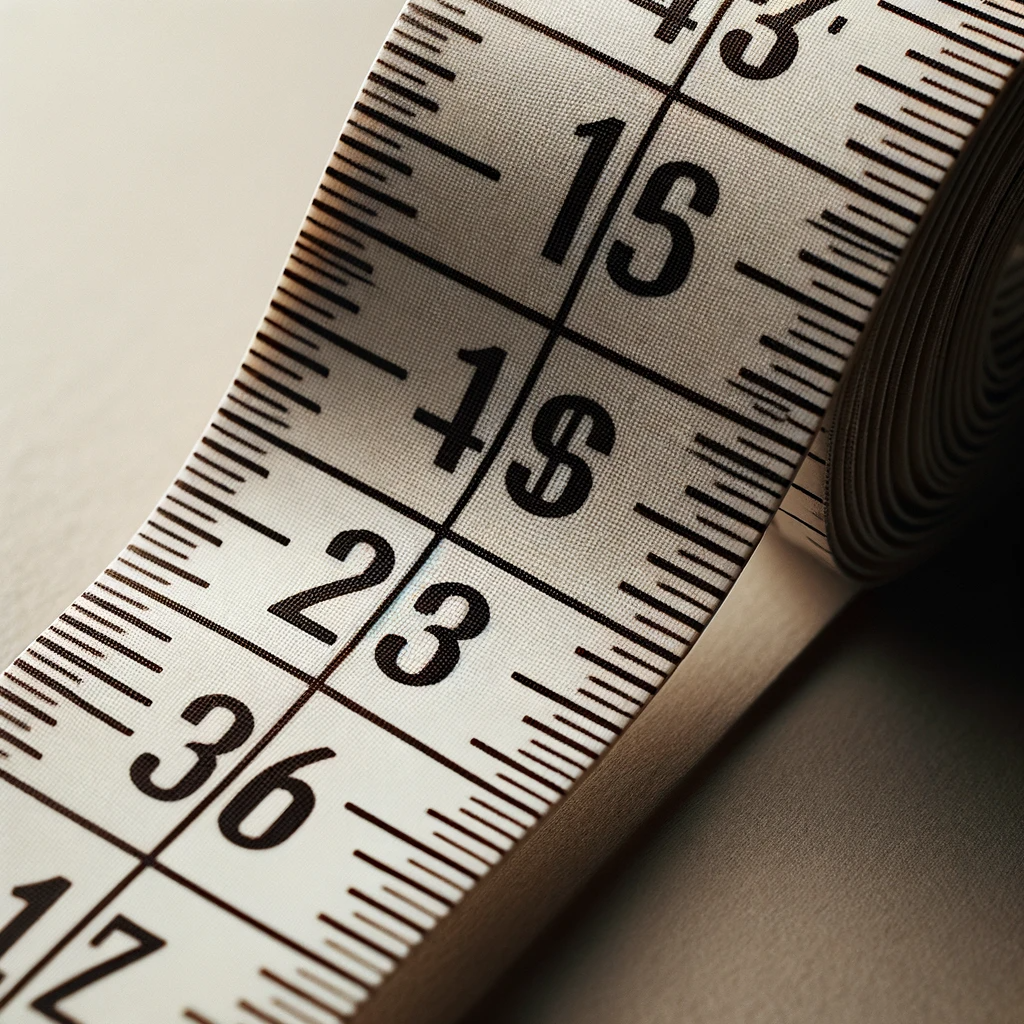 Practical Applications
Practical Applications
Full tape measure marks are versatile and can be applied in various scenarios. Let’s explore some common applications where detailed tape measure markings make a significant difference.
Construction and Carpentry
In construction and carpentry, precision is non-negotiable. Whether you’re framing walls, installing cabinets, or laying down flooring, accurate measurements ensure structural integrity and aesthetic appeal. Full tape measure mark facilitate precise cuts and alignments, minimizing waste and ensuring a professional finish.
Framing Walls
When framing walls, it’s essential to measure and mark studs accurately. Full tape measure mark allow carpenters to measure intervals precisely, ensuring that studs are evenly spaced and securely placed. This accuracy is crucial for the stability of the structure and the seamless installation of drywall or other finishes.
Cabinet Installation
Installing cabinets requires meticulous measurements to ensure they fit perfectly within designated spaces. Full tape measure mark help in aligning cabinets, ensuring that they are level and properly spaced. This attention to detail results in a polished and functional kitchen or bathroom.
Sewing and Tailoring
In sewing and tailoring, precise measurements are the key to creating garments that fit perfectly. Full tape measure mark enable seamstresses and tailors to take accurate body measurements and cut fabric with exactness, ensuring a professional and comfortable fit.
Pattern Making
Creating patterns for clothing involves detailed measurements of various body parts. Full tape measure marks allow for precise pattern making, ensuring that each piece of the garment aligns correctly. This precision minimizes fabric waste and guarantees a well-fitted final product.
Alterations
When making alterations to existing garments, accurate measurements are essential. Full tape measure mark help tailors adjust hems, take in seams, and modify fit with confidence, ensuring that the altered garment retains its original style and comfort.
DIY Projects and Home Improvement
For DIY enthusiasts, full tape measure mark are invaluable in a myriad of home improvement projects. From hanging pictures to building furniture, precise measurements ensure that projects are executed smoothly and effectively.
Hanging Artwork
Hanging artwork requires accurate measurements to ensure that pieces are level and proportionate within a space. Full tape measure mark assist in determining the correct height and placement, enhancing the visual appeal of the room.
Furniture Building
Building custom furniture involves cutting materials to exact dimensions. Full tape measure mark enable DIYers to measure and mark cutting lines precisely, resulting in sturdy and well-fitted furniture pieces.
Selecting the Right Tape Measure with Full Marks
Choosing the right tape measure is essential for maximizing the benefits of full tape measure mark. Several factors should be considered to ensure you select a tape measure that meets your specific needs.
Length and Material
Tape measures come in various lengths and materials. For most applications, a 25-foot tape measure suffices, but longer lengths may be necessary for extensive projects. Additionally, tape material affects durability and flexibility. Look for tapes made from high-quality metals or reinforced materials to withstand frequent use and harsh conditions.
Marking System
Ensure that the tape measure you choose features a comprehensive full marking system. Look for clear and easy-to-read markings, with both major and minor subdivisions. Some tape measures include color-coded markings for enhanced visibility and ease of use.
Case Design and Locking Mechanism
A durable case protects the tape measure from damage and ensures longevity. Additionally, a reliable locking mechanism is crucial for maintaining measurements without accidental retraction. Opt for tape measures with sturdy cases and secure locks for enhanced functionality.
Additional Features
Modern tape measures often come with additional features such as magnetic tips, belt clips, and dual-sided measurements. Magnetic tips facilitate easy hanging on metal surfaces, while belt clips provide convenient access during use. Dual-sided measurements cater to different measurement standards, enhancing versatility.
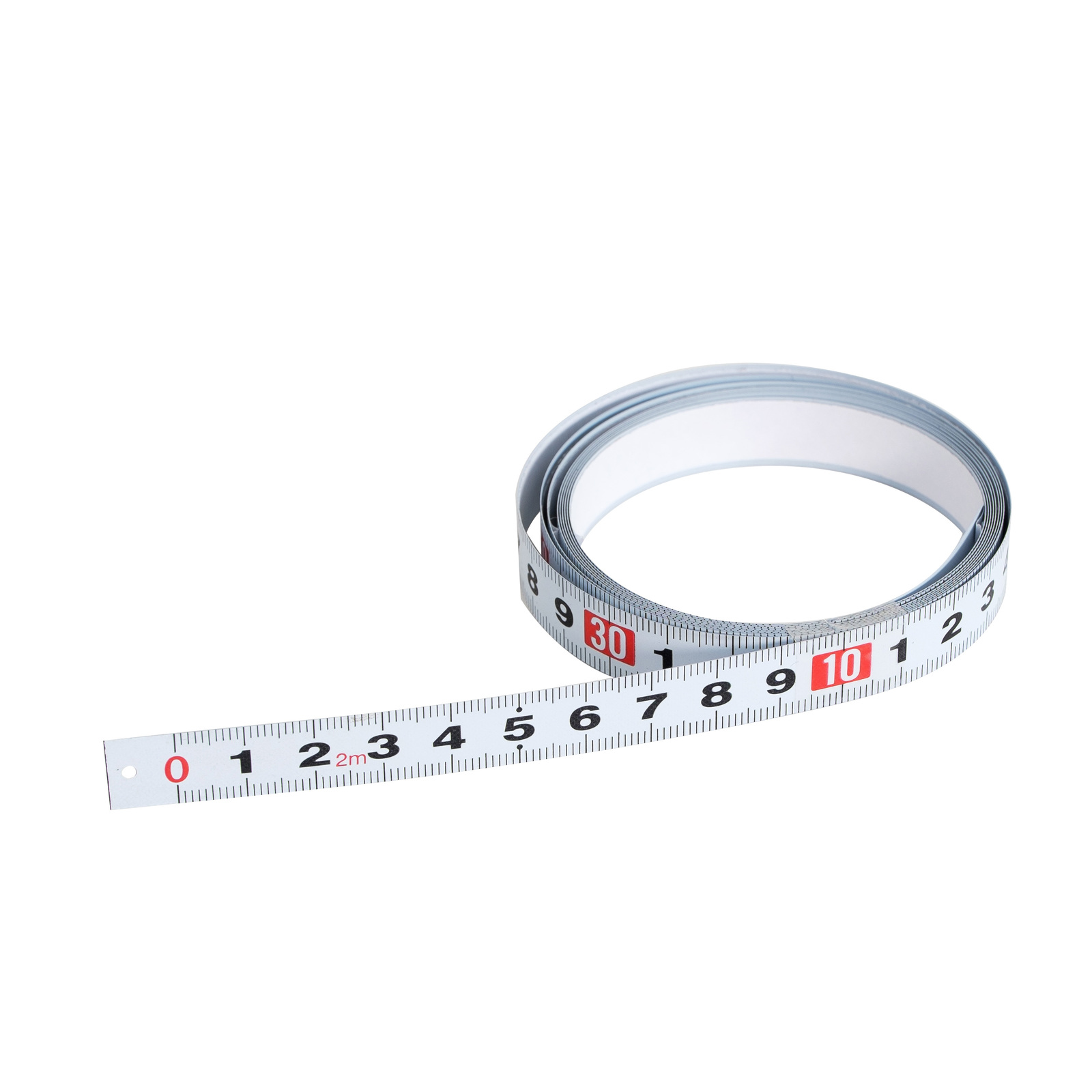 Techniques for Using Full Tape Measure Mark Effectively
Techniques for Using Full Tape Measure Mark Effectively
Mastering full tape measure marks involves more than just reading the numbers. Employing effective measurement techniques ensures accuracy and consistency in your work.
Reading the Tape Correctly
Properly reading the tape measure is fundamental. Stand straight and ensure the tape is taut, avoiding any sagging or bending that could distort measurements. Align the tape’s zero mark with the starting point of your measurement, and read the corresponding full tape measure marks accurately.
Marking Measurements
When marking measurements, use a fine pencil or chalk for precision. Clearly indicate the exact measurement point, and double-check to ensure accuracy. Utilizing full tape measure marks aids in pinpointing exact lengths, reducing the risk of miscalculations.
Measuring in Different Units
Many tape measures offer dual-sided markings (imperial and metric). Familiarity with both systems enhances versatility, allowing you to tackle projects that require different measurement units confidently. Practice switching between units to improve your measurement skills.
Transferring Measurements
Accurate measurement transfer is crucial for consistency across project components. Use full tape measure marks to ensure that lengths are transferred correctly from the tape to the material being worked on. This technique is particularly important in tasks like cutting wood or fabric, where precision is essential.
Common Mistakes to Avoid
Even with the best tools, mistakes can happen. Being aware of common pitfalls helps in maintaining measurement accuracy and project success.
Not Keeping the Tape Straight
Allowing the tape measure to bend or sag can result in inaccurate measurements. Always keep the tape straight and taut to ensure reliable readings. Utilize both hands or a stable surface to hold the tape if necessary.
Misreading the Marks
Misinterpreting full tape measure marks can lead to errors. Take the time to familiarize yourself with the marking system, and double-check measurements to confirm accuracy. Avoid rushing through measurements, as haste increases the likelihood of mistakes.
Ignoring Minor Marks
Overlooking minor marks can compromise measurement precision. Full tape measure marks include smaller subdivisions for a reason—each contributes to the overall accuracy. Pay attention to these minor marks, especially in projects requiring high precision.
Improper Locking of the Tape
Failing to lock the tape measure properly can cause the tape to retract unexpectedly, leading to incorrect measurements. Always ensure that the locking mechanism is securely engaged before taking a reading. This practice enhances measurement stability and accuracy.
Maintenance and Care for Your Tape Measure
Proper maintenance extends the lifespan of your tape measure and ensures consistent performance. Follow these tips to keep your tool in optimal condition.
Regular Cleaning
Dust, dirt, and debris can accumulate on the tape and within the case, affecting functionality. Clean your tape measure regularly using a dry cloth to wipe away contaminants. For stubborn grime, use a slightly damp cloth, ensuring the tape is thoroughly dried afterward.
Lubrication
Lubricating the tape mechanism helps maintain smooth operation and prevents wear. Apply a small amount of lubricant to the tape’s moving parts as recommended by the manufacturer. Avoid over-lubricating, as excess can attract dirt and cause damage.
Proper Storage
Store your tape measure in a dry, secure location to prevent damage. Avoid exposing it to extreme temperatures or moisture, which can compromise the tape and casing. Utilize protective covers or cases if available, especially in environments where the tape measure is frequently used.
Inspection and Repair
Regularly inspect your tape measure for signs of wear or damage. Look for bends, frayed edges, or a compromised locking mechanism. Address any issues promptly by repairing or replacing faulty components to maintain accuracy and functionality.
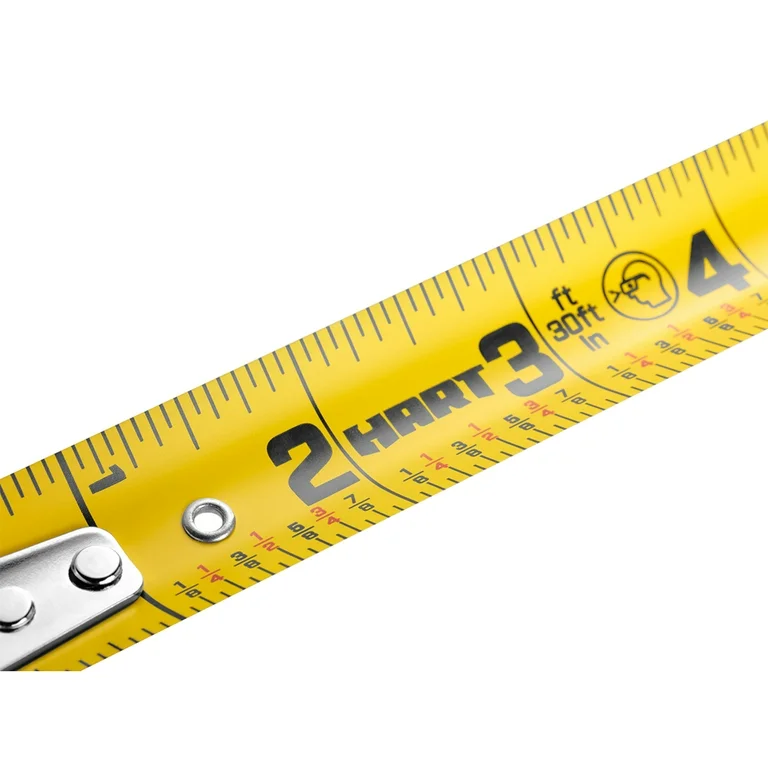 Enhancing Efficiency
Enhancing Efficiency
Efficiency in measurement-taking translates to smoother project execution and time savings. Here’s how full tape measure marks contribute to a more efficient workflow.
Quick Reference
Full tape measure marks provide immediate reference points, reducing the time spent estimating or recounting measurements. Having detailed subdivisions readily available allows for faster and more accurate measurement-taking.
Reduced Re-measuring
Accurate measurements from the start minimize the need for re-measuring, saving time and effort. Full tape measure marks enhance precision, ensuring that initial measurements are reliable and reducing the likelihood of needing to redo tasks.
Streamlined Workflow
Integrating full tape measure marks into your measurement routine streamlines the overall workflow. Consistent and accurate measurements facilitate seamless transitions between project stages, enhancing productivity and project completion speed.
Enhanced Confidence
Confidence in measurement accuracy empowers you to work more efficiently. With full tape measure marks, you can rely on your measurements, allowing you to proceed with tasks without second-guessing or hesitation.
Advanced Tips
For those looking to elevate their measurement skills, these advanced tips leverage full tape measure marks to achieve even greater precision and efficiency.
Utilize Marking Tools
Incorporate marking tools such as pencils, chalk, or markers to clearly indicate measurements. These tools help in transferring measurements from the tape to the material accurately, reducing the risk of misalignment or errors.
Practice Regularly
Consistent practice enhances familiarity with full tape measure marks, improving measurement speed and accuracy. Regularly using your tape measure in various projects hones your skills and builds confidence in your measurement abilities.
Learn Both Units
Mastering both imperial and metric units broadens your measurement capabilities. Full tape measure marks often include dual-sided measurements, making it easier to switch between systems as needed.
Double-Check Measurements
Implement a habit of double-checking measurements, especially for critical tasks. Verifying measurements against full tape measure marks ensures that any discrepancies are identified and corrected promptly, maintaining project accuracy.
Use Templates
Creating measurement templates based on full tape measure marks can expedite repetitive tasks. Templates serve as guides, ensuring consistency across multiple measurements and saving time in the long run.
 The Future of Tape Measures: Innovations in Measurement Tools
The Future of Tape Measures: Innovations in Measurement Tools
As technology advances, tape measures continue to evolve, incorporating new features that enhance functionality and precision. Understanding these innovations helps users stay ahead in measurement techniques.
Digital Tape Measures
Digital tape measures integrate electronic components to provide precise digital readings. These tools often include features such as memory storage, unit conversion, and data transfer capabilities, streamlining measurement processes and reducing manual errors.
Smart Tape Measures
Smart tape measures connect to smartphones or tablets, enabling users to track measurements digitally. These devices offer advanced functionalities like Bluetooth connectivity, measurement logging, and integration with design software, enhancing efficiency and accuracy.
Laser Tape Measures
Laser tape measures utilize laser technology to provide non-contact measurements, allowing for quick and accurate distance gauging. These tools are particularly useful in scenarios where traditional tape measures are cumbersome or impractical.
Enhanced Durability Features
Modern tape measures feature improved materials and designs for enhanced durability. Innovations such as reinforced tapes, shock-resistant cases, and rust-proof materials extend the lifespan of tape measures, ensuring reliable performance in various environments.
Conclusion
Incorporating full tape measure marks into your measurement practices transforms the way you approach projects, ensuring precision, efficiency, and success. By understanding the detailed markings, selecting the right tool, and employing effective techniques, you elevate your measurement skills to new heights. As you master the use of full tape measure marks, you empower yourself to tackle projects with confidence and achieve impeccable results every time. Embrace the comprehensive functionality of full tape measure marks, and let your projects reflect the accuracy and professionalism that precise measurements bring.
